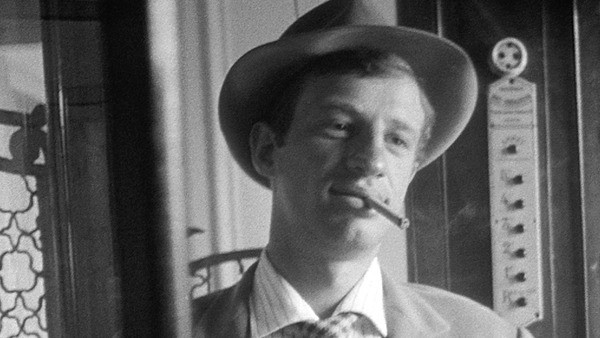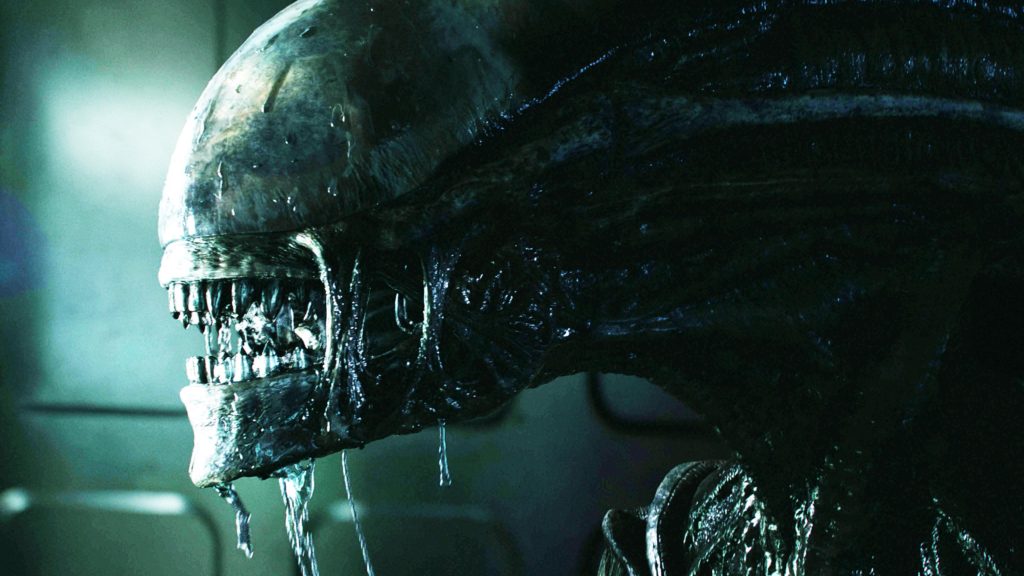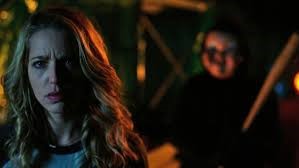One of the most arguably innovative editing aspects of Breathless is the jump cuts which seem quite random but help to elevate the film and give it character. An example of this comes from the opening scene, where Michel converses with a woman getting changed. As the scene continues, jump cuts are frequently used to join random fragments of the scene together. Sometimes, this does not necessarily make sense but keeps the audience fully engaged and on edge because they are interested due to the unawareness of what will happen next.
This scene in particular draws the audience in immediately because they want to know what will happen next. By using such random jump cuts, they are kept on their edge of their seat at all times and aware that anything could happen next. Although they seem aimless and very random, they play a pivotal role and purpose in retaining a methodical, yet chaotic and sometimes messy pace of the film. Jump cuts are also used to represent the reckless nature of Michel. After shooting the police officer, a jump cut is used to show him carelessly driving in Paris. This abrupt change can show that he does not care about getting caught and the chaotic jump cut used to transition the scenes can represent his careless nature. Since Michel kills the officer for almost no apparent reason, this careless behaviour is reflected in the editing style as an abrupt and considered unnecessary jump cut is used to transition scene. This is significant because it develops Michel’s character

In general, the editing style of Godard influences the drop in continuity editing in favour for jump cuts, longer shots and a wider focus for cinematography and editing opposed to narrative and plots. This has an interesting impact on films because it sets them apart from similar genres and plots by ensuring a unique visual style and look.

At the time, most popular Hollywood films adopted a typical, continuity style of editing. Godard breaks this convention right at the start of the film which begins with alternating shots of a close-up of Michel and another close-up of a woman. By using close-ups, we get the impression that the characters are positioned close to each other because of the proximity we are viewing them from. However as wide shots are introduced instead, we see that they are positioned quite distant. This may confuse viewers, who are used to the simple and easily perceivable style of continuity editing used by many Hollywood films. Another unique element of Breathless’ editing is the varying shot length. Certain films adopt a usual shot style, by utilizing fast cuts to break up shots or slow, drawn out shots which build tension. This is a shortened and edited version of the essay, the full version remains on the blog*





